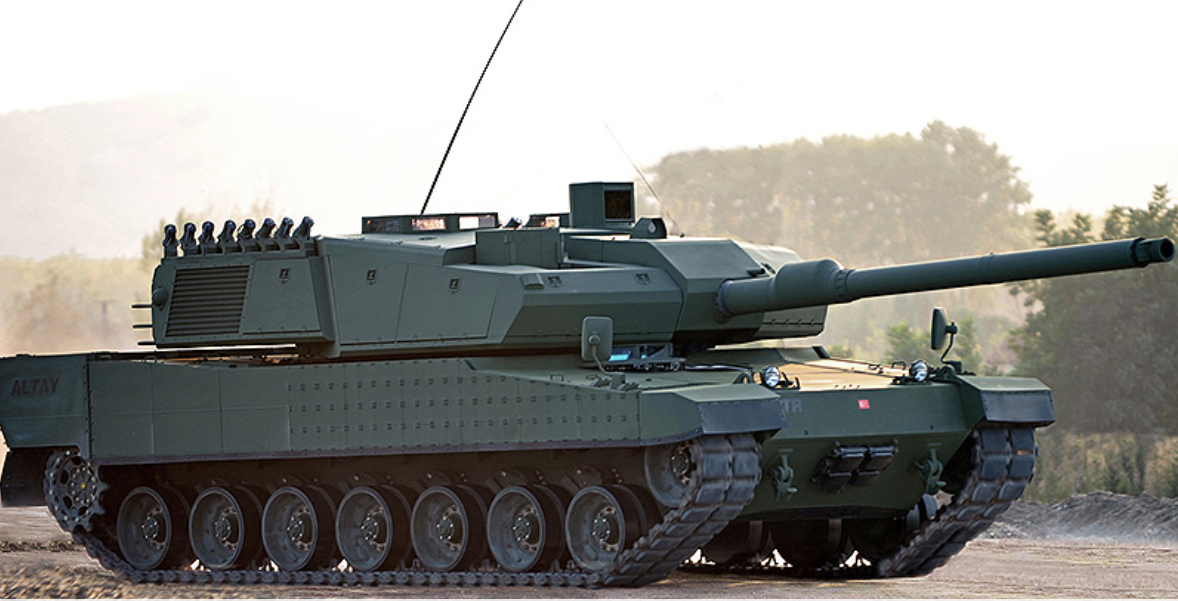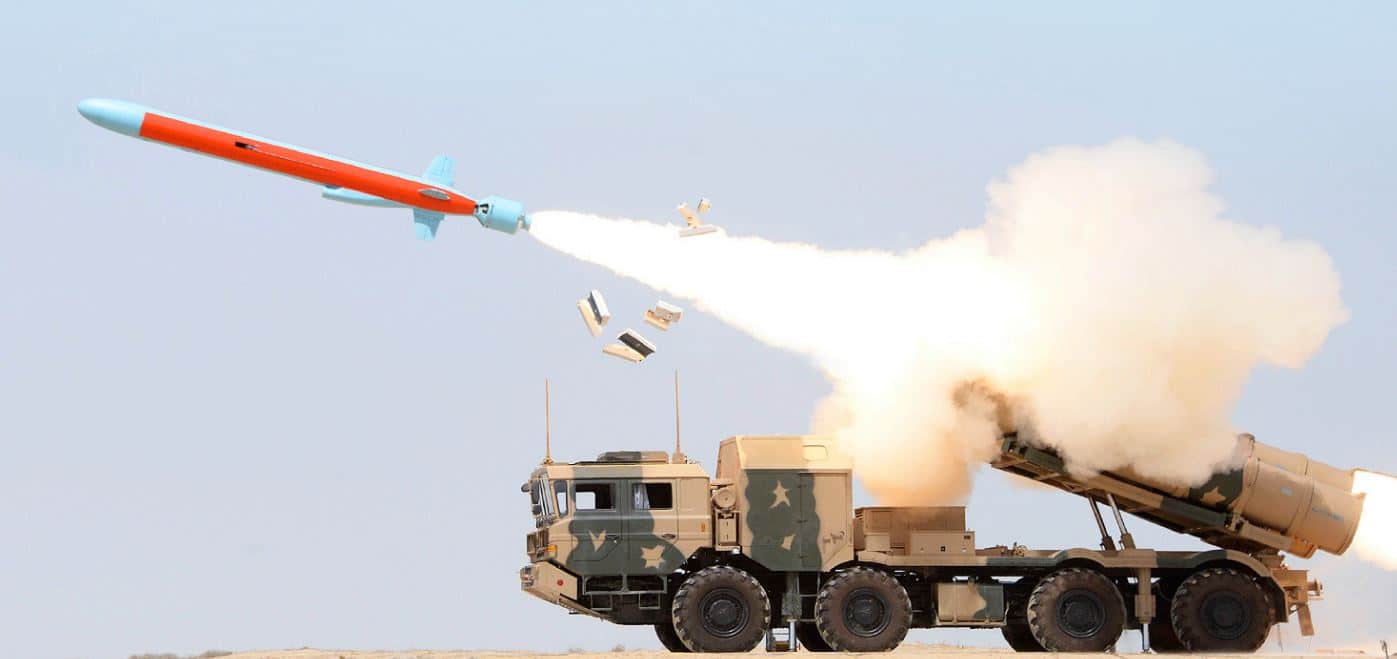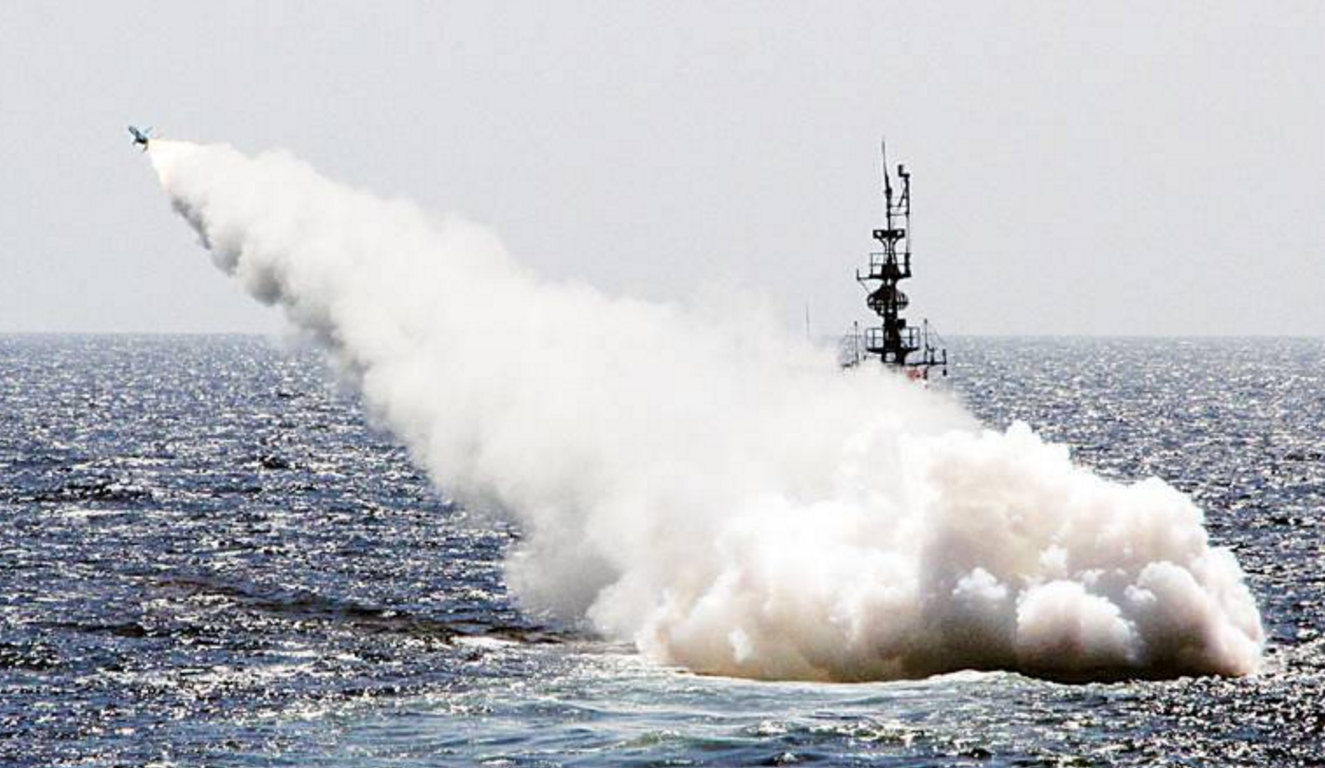39Views 17Comments

Pakistan Reportedly Interested in the Altay MBT
18 January 2016
By Bilal Khan
Although it is in development, the Turkish Altay main battle tank (MBT) is drawing interest from a number of Turkey’s leading arms clients. Among the interested parties is Pakistan, which has sought to cultivate strong defence ties with Ankara, especially over the past decade through a series of arms purchases, joint-exercises and a bilateral pilot training exchange program.
Development of the Altay MBT formally started in 2007 with the aim of not only meeting the Turkish Army’s next-generation MBT requirement, but also to enhance the country’s capacity to source important defence equipment through domestic means. Otokar, a private Turkish firm, became the principal vendor of the program via a $500 million U.S. contract awarded by the Turkish government. In 2008 Otokar approached Hyundai Rotem in South Korea for technical assistance, thus enabling the Altay to draw on technology from the newly deployed K2 Black Panther MBT.
The Altay MBT is the central piece of the Turkish Army’s armour modernization roadmap. Although it should not be a surprise, given Turkey’s status as a NATO member, the Altay is a Western tank in terms of its design and goals: It is a heavyweight (65 tons) machine equipped with a 120mm smoothbore gun as well as two additional secondary armaments, a 12.7mm heavy machine gun and a remote-controlled turret. It is powered by a 1500hp diesel engine acquired from the German manufacturer MTU Friedrichshafen GmbH, which may be replaced by an indigenous system in the future. Finally, the tank’s all-round defensive resilience is drawn from its composite armour and an active protection suite.
As one might expect, the Altay is not going to come “cheap.” Hence the reason why Pakistan’s interest in this tank is very intriguing. Traditionally, Pakistan has largely sought to acquire lower-cost and lighter-weight tanks such as the al-Khalid and al-Zarrar (a substantial upgrade of the Chinese T-59), which could be acquired in far greater numbers. For Pakistan, the quantitative aspect is important. Firstly, Pakistan’s border with India spans nearly 3000km, and second, India itself has a numerically massive and technologically robust stable of tanks. A large number of tanks is necessary in order to scale that territory as well as manage against a numerically heavy enemy thrust.
With the above in mind it is certain that the Pakistan Army is not re-orienting itself towards a smaller number of NATO-standard tanks, which would be inappropriate relative to its geo-strategic realities. Instead, the Altay is being considered as a supplement to the al-Khalid series, which will continue its role in gradually (i.e. over the long-term) forming the mainstay of the Army’s tank forces.
The idea of a supplementary system came to the fore in 2015 when the “Haider” MBT requirement was revealed. At the time it seemed that the Chinese VT-4 would meet that requirement, but the Army rejected it. It is not clear if the Altay is being considered for the Haider program or as an entirely separate acquisition. In any case, the question of why another tank is being considered, especially an expensive platform such as the Altay, needs to be explored.
In general, Pakistan’s armoured forces in war would be oriented for either offensive (via strike corps) or defensive (via holding corps) formations. Precisely which of these aspects the Altay would fulfil is not known, but the Altay was designed to handle both roles. The payoff (in technology and performance) of the Altay over the al-Khalid must be substantial (relative to the added cost) in order for the Army to justify its addition to the Armoured Corps.
If added, the Altay could be deployed to locations where an offensive surge (or defensive resistance) is expected to be the strongest. High performance ratings in key parameters such as maintenance or serviceability on the field, durability against the natural elements, acclimation with the region’s environments, and battle performance (e.g. accuracy, agility and resilience against attacks) could make Altay regiments a particularly serious threat for the enemy.
However, cost will be the critical bottleneck. Given the expensive nature of the Altay platform the Army would likely have to pursue the program through incremental batch orders of 40-50 tanks, and the total Altay force within Pakistan would likely sit at around 300 tanks. In tandem with the actual tank, Pakistan may also be interested in acquiring some of the Altay’s armour and self-protection technology for use on the al-Khalid, especially its future versions.
One particularly interesting example is the Aselsan Akkor active protection system, which is currently under development. The Akkor is being developed to protect the Altay MBT (as well as other armoured vehicles) from anti-tank guided missile (ATGM) threats. Its laser-warning receivers would alert the tank of an attempted laser-lock, which in turn could trigger smoke dispensers to thwart the lock (i.e. “soft-kill” capability). The Akkor could also directly intercept incoming missiles (i.e. “hard-kill” capability) through the use of a “smart munition” which – after firing – calculates its distance relative to the approaching missile, and when close enough, detonates a high-explosive warhead against the missile.
It must be acknowledged that this prospect (if it is indeed one) is in its very early stages. Pakistan has been interested in big-ticket Turkish armaments before, such as the MILGEM corvette and the T-129 attack helicopter, but the reality of Pakistan’s financial woes ultimately put those ideas to rest. However, India’s induction of the Arjun Mk-2 as well as possibly the Russian Armata MBT, could lend significant momentum in favour of the Altay.


